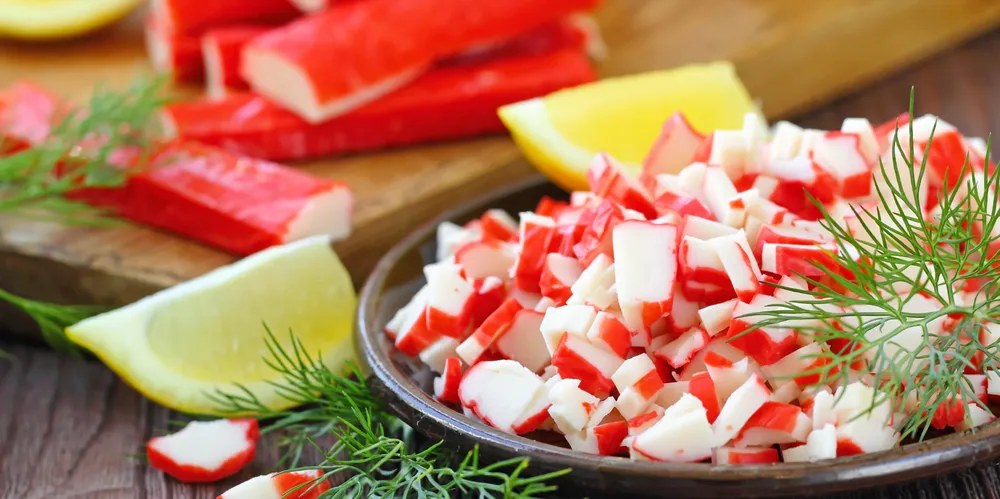US fillet focus impacting Alaska pollock surimi production
Global imports of Alaska pollock surimi have increased substantially, according to new data from GAPP.

Producing high-value pollock products such as fish sandwiches sold in restaurant chains such as McDonald's has been the primary focus of Alaska pollock producers this year, and, as a consequence, surimi production is slipping while wholesale costs for the product remain high.
Data from the Genuine Alaska Pollock Producers (GAPP) trade group show surimi production is 7 percent behind last year's levels through late July. GAPP data also show surimi production lagging behind 2021 levels since June, when "B" season fishing started.
"When comparing to last year, more surimi than normal was made due to fish conditions and worker shortages due to COVID, while this year seems to be more normal, so I don’t foresee a shortage of surimi production," the executive said.
With the "B" season nearly 80 percent complete, Alaska pollock producers overall are 58 percent of the way toward meeting last year's surimi production of nearly 194,000 metric tons.
Any dip in production is never good news, said Mori.
"There will always be maximal use of Alaska pollock, as it's the leader for surimi in this industry," he said, which is why it is hard to substitute it for raw material produced from other global fisheries.
Mori noted a lower US pollock quota compounded by US processors focusing intensely on high-value fillet production this year is pressuring surimi prices.
The price of surimi sold in the United States has increased about 10 percent from this time last year to around $2 (€1.95) per pound, Mori explained.
Roughly 70 percent of the surimi sold in the US market is in the form of salads for delis and salad bars and as an ingredient in sushi items, such as California rolls and other further processed products such as crab cakes.
At retail, where packaged surimi sales have soared since the onset of the pandemic, momentum has recently slipped.
For the 52 weeks through July 10, US surimi sales are just under $200 million (€196 million), an increase of 2.7 percent measured in dollar sales, largely the result of price inflation. But measured by volume sold for the same period, surimi sales are down 3 percent.
More global demand
Price hikes at the wholesale level are also occurring outside the US market, particularly in Japan, the leading importer of Alaska pollock surimi, where Mori noted the product is selling for significantly more than it did at this time last year at 750 yen ($5.70/€5.55) per kilo.
Japan increased its Alaska pollock surimi imports by about 22 percent to 10,800 metric tons during the first quarter of this year compared to the previous year, according to a July surimi report compiled by Urner Barry for GAPP.
Japanese retailers recently announced surimi prices are likely to further increase from August through September between 5 and 20 percent as the country deals with rising packaging and transportation costs.
Overall global imports of Alaska pollock surimi in the first quarter increased by about 22 percent compared to the first quarter of last year at 21,000 metric tons, the largest first-quarter figure since 2018, the report said.
While Japan led the way in US pollock imports, South Korea and France also increased their imports by over 45 percent compared to the first quarter of last year.
Global demand may be up for surimi, but it also remains strong for fillet blocks, which are even more valuable, an executive with processing plants in Alaska explained.
He noted that more crew staffing and better fishing conditions have created favorable conditions for producing fillet block, but that also is likely to change as the "B" fishing season winds down.
"Conditions for block were good early on the season, but we expect August to favor smaller fish, which could change our ratio back to surimi," he said.
(Copyright)